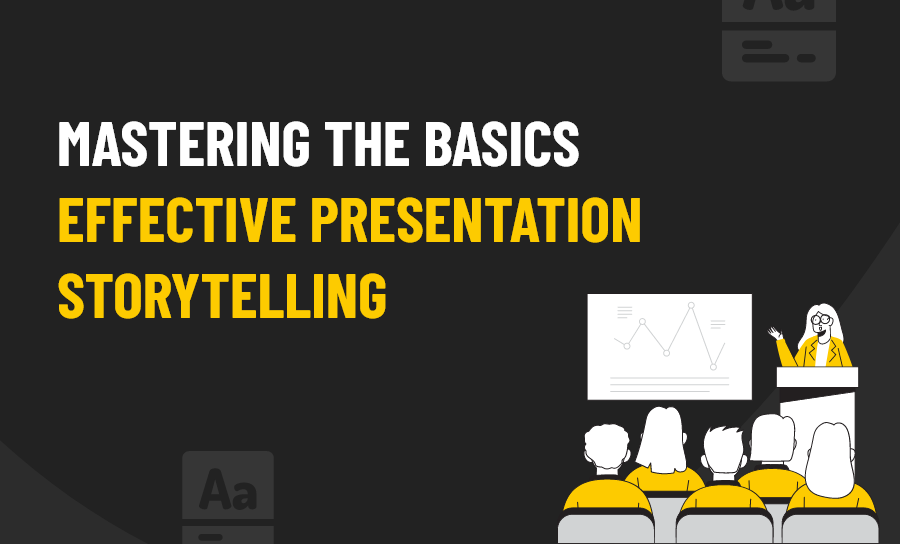No matter how much you work on your website, network on LinkedIn and boost the SERPs visibility of your digital properties – all of which you should do – there will come a time when it is time to present yourself to the world as a representation of that business.
Maybe you need to secure additional funding for your business, or you have a prospect who would prefer to be pitched to in person – or at least via video. Maybe you are ready to begin a video marketing campaign and, as the creator of your product or service, it makes sense for you to be the face of it. We do both of the latter with my company, Pearl Lemon, on a regular basis, and it has not only been effective but has become a ‘trademark’ of our brand:
I also do a lot of speaking on my own, both live at conferences and, more recently, I‘ve been podcasting regularly too. This was not something that always came naturally, but once I mastered the art of presentation storytelling, everything changed. And it can work for you too.
The Basics of Effective Presentation Storytelling
There are lots of techniques you can employ to create a compelling presentation, but when done effectively, weaving stories into your presentation can be among the most effective and engaging of them all. Like anything else connected with a presentation, though, there are right and wrong ways to go about creating a story – or stories – for a presentation. Here are some of the basics.
Before you even craft a story, you need to make sure that you are adding it to your presentation for a purpose, not just because you have heard it is a good tactic to employ. People hate pointless stories, so ensure that yours will add something – a moral, an objective or a lesson, that the audience will be able to clearly identify as making sense in connection with the rest of the presentation.
Choose a Story Type
Standing up and merely rambling off any old story won’t work either. You need to decide what kind of story you will tell:
A Success Story
When we were children, most of the stories we were told ended with a ‘happily ever after’. Such stories still appeal to – and inspire – adults as well. A good success story, especially if you can adopt a real-life example, can be both engaging and memorable.
A Parable
A parable is a story that has a moral message to send or a lesson to teach, and people have been telling such stories for centuries now. Such offerings can be especially useful to salespeople.
For example, a presentation on new software that provides Internet security could easily include a story about the terrible things that happened to a business that failed to pay attention to their network’s security when their inaction led to a data breach.
Personal Stories
One of the most successful TED talks in the series’ history was that given by Facebook COO Sheryl Sandberg on the lack of women in leadership roles. The biggest reason it resonated with most people is that the normally very private Sandberg began her talk with a rather personal story about her ‘other’ life as a Mom and the guilt she felt leaving her child behind to go to work.
Adding that story was not, Sandberg admitted later, even her original intention, she acknowledges that her last-minute decision to do so was a great idea.
I also did a similar thing myself when I got the chance to do a TEDx talk myself:
Personal stories are possibly the ones that resonate best with an audience. Such tales make the presenter seem less like a distant figure on a stage and more like a relatable person. They don’t have to be dramatic or over-involved to be successful, just genuine sounding and, once again, relevant to the presentation.
Putting it All Together
When it comes to actually putting the story together, it is important to remember you are adding it to the presentation, not writing it for a high school English class. Outline your story on paper, making sure that it does indeed have the right beginning, middle and end, but never plan on reading it – or learning -a written piece verbatim.
Instead, practice actually telling the story out loud. You will find that by doing that, you will actually improve it with each retelling, and by the time you come to give the presentation, your story will flow as it should, naturally and confidently in a very engaging manner.
Looking for an SEO speaker for your podcast, webinar or online marketing event? Look no further! I am an experienced public speaker with over 10 years in digital marketing and SEO and available to speak on a wide variety of topics. Check out some of my recent work here.









